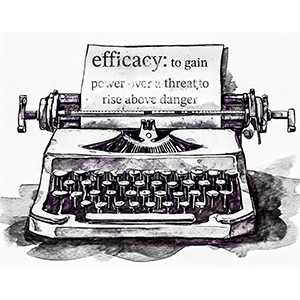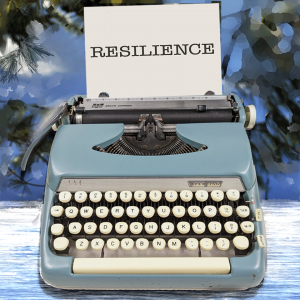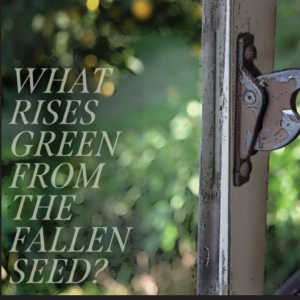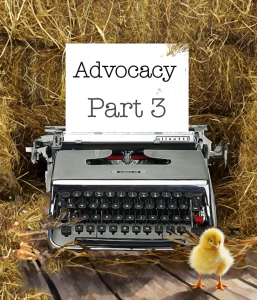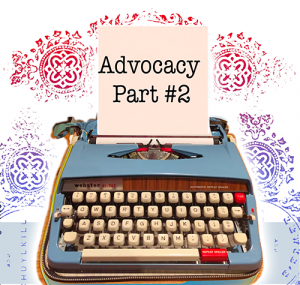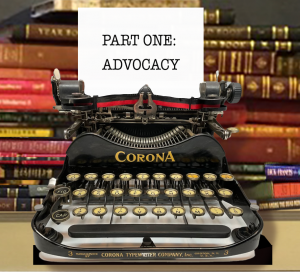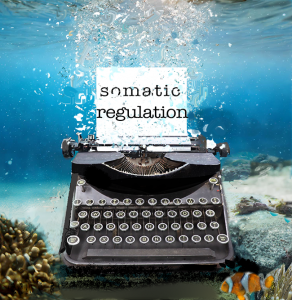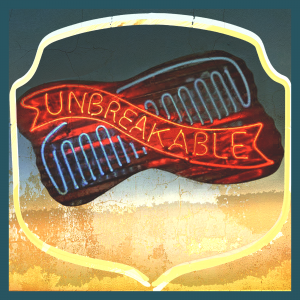
What is Your Tipping Point
What is Your Tipping Point? Four Kinds of Stress 1. COMPRESSION 2. TORSION 3. SIMPLE BENDING 4. TENSION The Breaking Point There are four kinds of stress,Yet we are not concernedToday with compression,Torsion, or simple bendingBut (for this unknown substanceNo wider than your spine)Strictly with tension:You will notice the sampleIs clamped at either endBy a framework designedTo measure the exact strainRequired to break it: thisExperiment might be crucialTo you: if you can learnUnder careful controlAt what stress it will fail,You are forewarned and -armedAgainst one small disaster;Therefore, not knowingThe breaking pointPrecisely we begin increasingTension, at first seeingNothing, but soon on the surfaceA change, an ashen lookAs the crystal structure goesAmorphous, and suddenlyThe irreversible thinningOut, the elastic failure,The crack, the full fractureAt a waist like an hourglass,The gauge spinning to zero,And the two jagged halvesNever to be made oneAgain except
